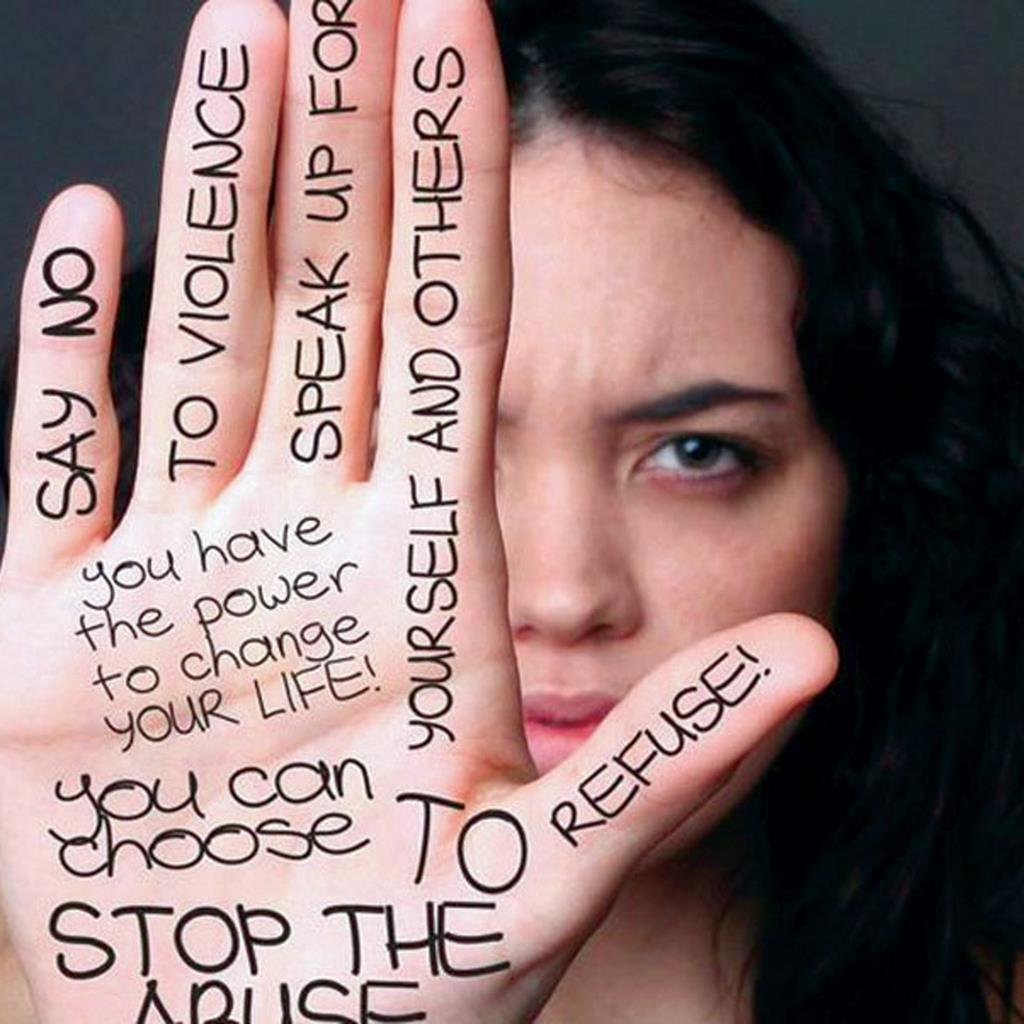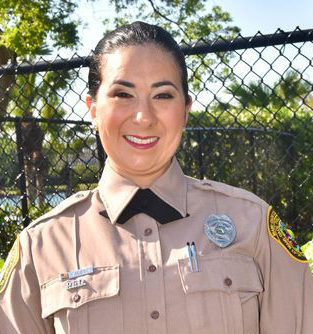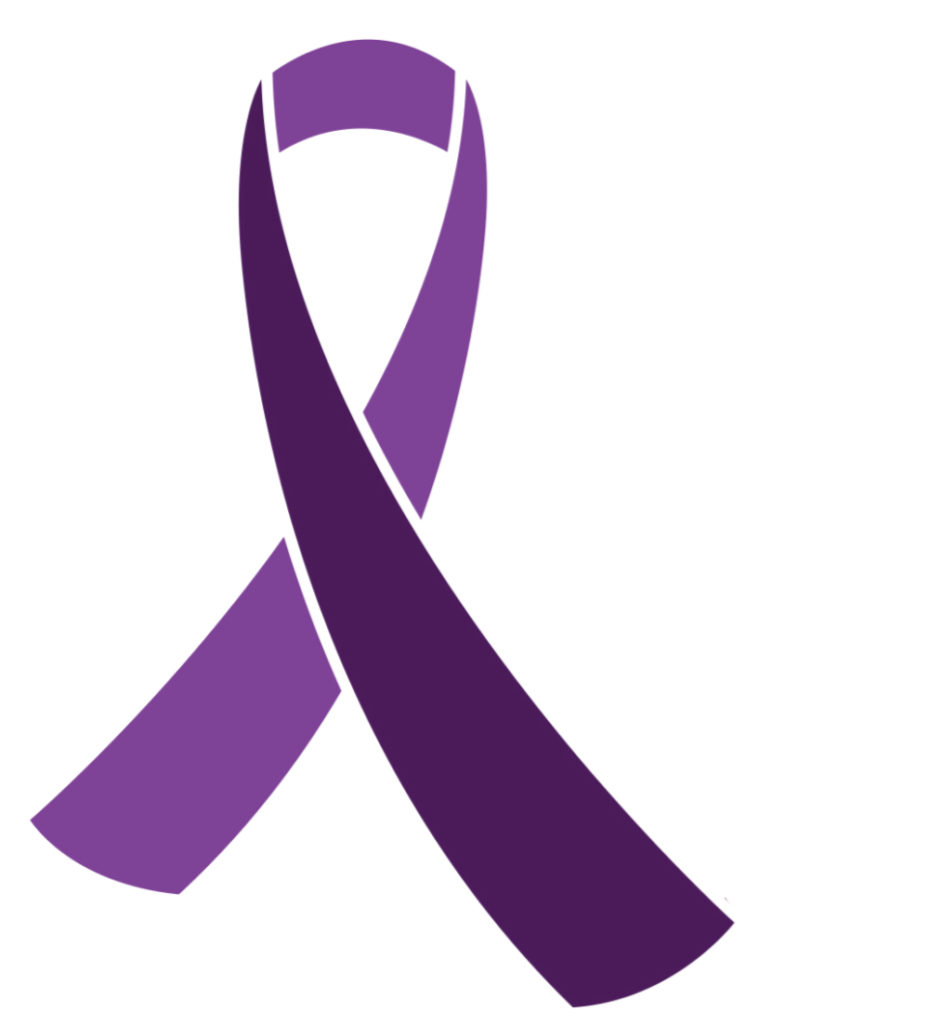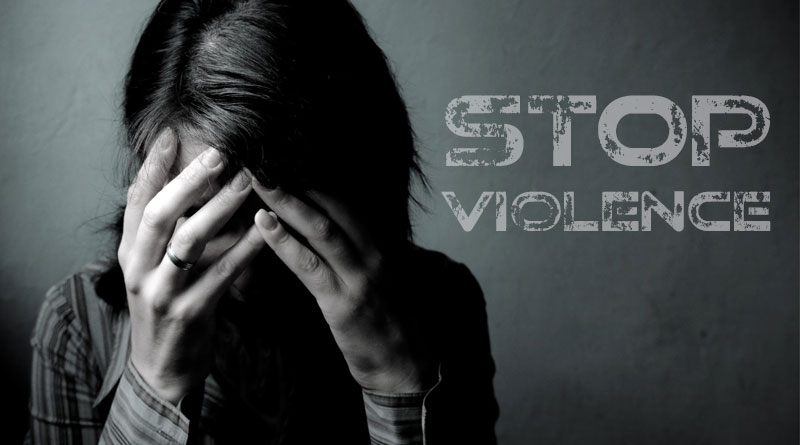Breaking the Silence of Domestic Violence
By Diana Bello Aristizábal
According to the National Coalition Against Domestic Violence(NCADV), on average, nearly 20 people per minute are physically abused by an intimate partner in the United States, while 1 in 3 women and 1 in 4 men have been victims of domestic physical violence within their lifetime.
Given the scope of this problem, which can affect everyone without distinction of gender, race, country of origin, sexual orientation or economic status, October has been designated as the National Domestic Violence Awareness Month and, therefore, it is time to analyze how to reverse these statistics.
First of all, it should be noted that it is a joint effort in which local authorities, organizations that seek to eradicate this scourge, parents and the community in general play an important role.

“We have to teach our children and the community what is domestic violence and what are the tactics used by the perpetrators of violence”, explains Rachel Tourgeman, Community Relations Director of Florida National University and leader of Powerhouse, a conglomerate belonging to the university, of more than 90 organizations, that aims to educate on this topic.
According to a document from the City of Doral Police Department, domestic violence is a crime committed when one person exhibits a pattern of attempting to gain power and control over someone with whom he or she has or had a relationship. An abuser might try to gain control through physical and sexual violence, threats, emotional abuse, financial control, harassment or stalking.
The tactics used by the perpetrators of violence are to threat with hurting the victims or their families if they decide to end the relationship, isolate, minimize, deny the abuse and blame them for it.
“It’s a psychological game to monopolize the victim’s mind. It’s like walking on eggshells because you never know how the aggressor will react”, says Rachel Tourgeman, who thinks the problem tends to escalate from an insult to a blow that, many times, can end in death.
For this reason, it is important to identify a potential abuser early in the relationship, since it usually exhibits a controlling behavior from the beginning before physically attacking. Men do so by establishing roles within the household in an authoritarian way.
Therefore, the cycle of domestic violence begins from the moment in which a woman, even if she has a full-time job just like her husband, must comply with a greater number of duties within the home. “The mentality of an abuser is to believe that their spouses are meant to serve them”, says Rachel.
 On the other hand, abusers usually get angry at anything. For instance, in a small argument, they can hit a wall or toss an object at the victim. They can also gain control financially by retaining the victim’s money.
On the other hand, abusers usually get angry at anything. For instance, in a small argument, they can hit a wall or toss an object at the victim. They can also gain control financially by retaining the victim’s money.
Other behaviors associated with domestic violence are controlling the way their intimate partners dress, persistently calling during work hours, arriving at their office without previous notice, humiliating them in public with insults or yelling and demanding to have passwords from social media.
Then, the abuser hits for the first time from which he usually shows regret to the victim by indulging her with gifts and invitations. “He’s not sorry, he just wants to manipulate her to keep her by his side. What happens with this cycle, called the honeymoon period, is that each aggression is worst than the last one”, says Rachel.
From the abuse to the report
For Jennifer Valdes, spokesperson for Miami-Dade Police Department and former detective in the Domestic Violence Unit for 9 years, one of the main obstacles to this problem is that often times victims do not report or if they do, fail to finish with the process, take their statements back or change them.

According to the detective, both men and women suffer from domestic violence but each group refrains from reporting for different reasons. As for women, they remain in an abusive relationship to preserve the family structure and to not be left financially unprotected.
“Because of the way our society has been structured, it is usually the man who provides economically and the woman who takes care of the children. Therefore, when a problem arrives, she continues with the relationship to avoid divorce or her children growing up without a parent. They even do so for their immigration status, although that is what the U visa is for”, she explains.
Meanwhile, men do not go to the police out of embarrassment, because traditionally they have been considered the strong sex of society. “Normally, they stay in this type of relationships to avoid making the report to the authorities”, says Valdes.
Therefore, the challenge is to get the victims to remove themselves from the situation, make the report and have the willpower to stay away from their abusers for good. This is a goal that starts early in life since it is proven that children who live in an environment of domestic violence usually replicate this behavior as adults.
When victims go to the police, they are taken care of throughout the whole process by an investigator and a social worker, who provides help on a wide range of topics such as job search, school transfer, where to buy clothes or how to do a bank procedure.
“It is not true that reporting means risking losing their children’s custody, having to go back to their spouses or country of origin. Nobody would say something like ‘this person is being abused and has to be deported’ ”, explains the detective. This is why threats used by the perpetrators of violence to keep the victims from reporting or leaving have no real basis.
A report on domestic violence can be filed at any police station or simply calling 911. Also, people who need consultation or have questions can call directly to the National Domestic Violence Hotline(1800-799-7233), where they can speak to a representative confidentially.
In addition, people who have no serious injuries but still are being mistreated can go to the Prosecutor’s Office with a case number to file charges against the abuser. “Do not wait until the situation gets worse, if you were slapped and you know that by the time you come to the station your face won’t be red, take a picture of yourself immediately after the incident”, advises Detective Valdes.
“What victims need to remember is to continue with the process of recovering until the very end because if they are being abused mentally, emotionally or physically and leave the relationship but do not heal, 99 percent fall back into another relationship of the same kind because they have internalized the belief that they lack value”, says Valdes.
Letting go of beliefs that perpetuate domestic violence is a goal that depends on each person’s free will. However, we strongly encourage people to understand that no one has the right to attempt against another human being, regardless of the reasons behind it.
“If you’re being abused, forget about your home and finances for a moment and think about your children. If we want them not to fall into the cycle of domestic violence, try to leave without waiting for a major abuse, do it for them”, says the expert.
Rachel Tourgeman recommends creating a safety plan with a professional before running away since most people leave their home up to 20 times before doing it permanently.
“You can not leave on a random day because is not safe. You must know first when the person won’t be at home, share a secret code with a neighbor, like turning the lights on and off, to let him know that he acted up again and have your luggage ready with clothes and important documents in case you have to move fast”, explains Rachel.
Making the decision to part ways is a cautionary measure to prevent a tragedy from happening. Unfortunately, there have been many cases in which an incident of domestic violence was never reported and, suddenly, one of the spouses murders the other and then commits suicide.
However, in these cases, there are usually red flags to anticipate a possible physical abuse or a fatality, such as total absence from family meetings or continuous isolation.
For this reason, relatives and friends of victims can also help to fight against this issue by going to the Police, or to the different organizations available, to get information on how to support their loved ones.
 Tips to stop the cycle
Tips to stop the cycle
Maritza Montano, licensed in mental health and author of the book Meant to last forever, recommends:
- Establish a strong self-esteem under the counseling of a professional that can be a coach, minister or psychologist.
- Develop your own skills
- Join support groups for codependent people in order to learn how to stand for your own.
- Find successful stories of victims of domestic violence to understand what they did to get out of their situation and thus replicate it.
- Recognize what are the triggers to fall into this type of relationship with the purpose of expanding your awareness or acting differently.
- Do not isolate yourself and choose positive people in your surroundings
- Do not bring the past to the present but understand it so it doesn’t come back.
- Take responsibility for your own actions
- Commit to change
- Have a step-by-step action plan

